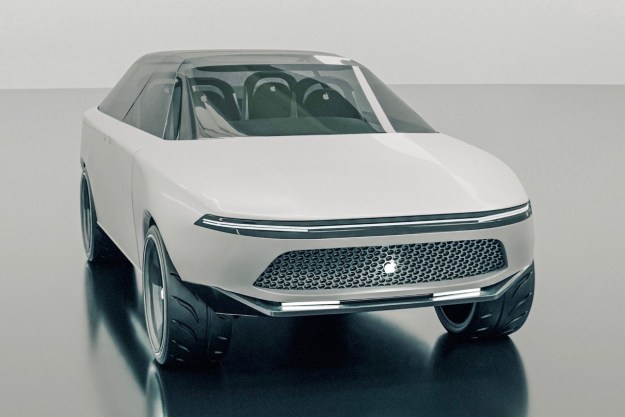When it was released in December 2019, Apple’s all-new Mac Pro caught the tech world’s attention for its incredible power and sky-high price tag. While the original version came with either legs or wheels and was designed to be used on office floors, Apple’s rack-mounted variant has now been released.
Hoping Apple might shave some of the price off for this version of the Mac Pro? You’re out of luck, as this variant actually costs $500 more than the standard Mac Pro model. When you absolutely max it out — including going for its Apple Afterburner card — the final cost tops out at $53,899, making it Apple’s most expensive computer ever.
That’s $500 more than a maxed-out Mac Pro with feet, or $100 more than a maxed-out Mac Pro with wheels. While version with feet originally cost $52,599 if you chose all of its top-end components, the price now actually hits $53,399, as Apple has released an additional $2,600 8TB SSD upgrade.
The rack-mounted version of the Mac Pro is intended for use in a server rack setup, which means its case is slightly different. There are no feet or wheels (no surprises there), and the Mac Pro’s distinctive “cheese grater” top panel and handles have been relocated to the front to aid in removing the computer from its rack-mounted location.
The signature twist handle on the standard Mac Pro case is gone, replaced with two lock switches that allow the case to be removed and the internal components to be accessed. You still get the two Thunderbolt 3 ports and a power button, albeit in a different arrangement. Apple also includes rack-mounting rails (in a separate box) and, strangely, a mouse and keyboard, which is rare for a rack-mounted computer.
While all this sounds like an insanely expensive computer — and it is — it’s also insanely powerful. Well-known YouTubers Marques Brownlee, Jonathan Morrison and iJustine recently put it through its paces with some incredibly high-end workloads, and declared it one of the most powerful machines they’d ever used. If you’ve got the cash to pay for it, there’s no doubting you’re getting one of the most impressive computers on the market.
Editors' Recommendations
- Apple has backed itself into a corner
- MacBook Pro 16 vs. MacBook Pro 14: The important differences
- Why you should buy a MacBook Pro instead of a MacBook Air
- Nvidia and Apple are collaborating on the Vision Pro in the most unlikely way
- The MacBook Air 15 vs. MacBook Pro 14: the easy way to decide



